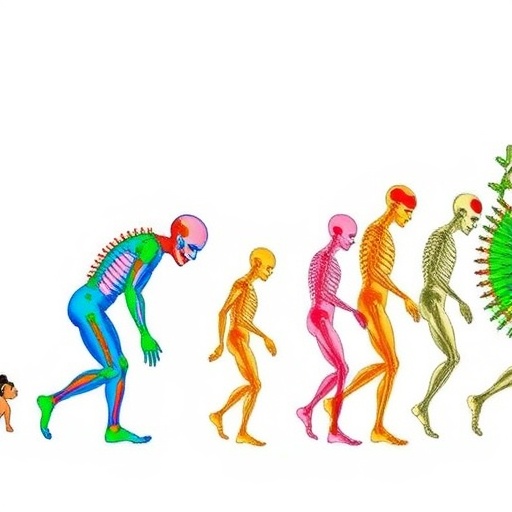Public health messages that focus on protecting others are more effective at increasing vaccination rates than messages focused on protecting oneself, according to a study. Vaccine hesitancy is a challenge for public health workers and others concerned with reducing the deleterious effects of infectious diseases. Elizabeth Shanahan and colleagues tested three visual policy narrative messages promoting COVID-19 vaccination that emphasized protecting oneself, one’s circle of friends and family, or one’s community. A non-narrative control message simply urged participants to “get the vaccine” with an accompanying image of a syringe. The authors surveyed 3,900 people in early 2021, randomly assigning one of the messages to each survey respondent. The authors were able to resurvey 2,268 of the participants eight weeks later, and collected information about whether the participants had chosen to get the vaccine in the interim. Message conditions focusing on protecting others (the mean of “protect your circle” and “protect your community”) lead to higher odds of COVID-19 vaccination than messages that urged viewers to “protect yourself.” While there were no direct effects of narrative conditions on vaccination behavior, each narrative message that activated a positive response and motivation to get the vaccine resulted in higher vaccination rates eight weeks later than the control message. The results reveal the power of using narrative construction in public health messaging, according to the authors.

Credit: Shanahan et al.
Public health messages that focus on protecting others are more effective at increasing vaccination rates than messages focused on protecting oneself, according to a study. Vaccine hesitancy is a challenge for public health workers and others concerned with reducing the deleterious effects of infectious diseases. Elizabeth Shanahan and colleagues tested three visual policy narrative messages promoting COVID-19 vaccination that emphasized protecting oneself, one’s circle of friends and family, or one’s community. A non-narrative control message simply urged participants to “get the vaccine” with an accompanying image of a syringe. The authors surveyed 3,900 people in early 2021, randomly assigning one of the messages to each survey respondent. The authors were able to resurvey 2,268 of the participants eight weeks later, and collected information about whether the participants had chosen to get the vaccine in the interim. Message conditions focusing on protecting others (the mean of “protect your circle” and “protect your community”) lead to higher odds of COVID-19 vaccination than messages that urged viewers to “protect yourself.” While there were no direct effects of narrative conditions on vaccination behavior, each narrative message that activated a positive response and motivation to get the vaccine resulted in higher vaccination rates eight weeks later than the control message. The results reveal the power of using narrative construction in public health messaging, according to the authors.
Journal
PNAS Nexus
DOI
10.1093/pnasnexus/pgad080
Article Title
Visual policy narrative messaging improves COVID-19 vaccine uptake
Article Publication Date
18-Apr-2023




